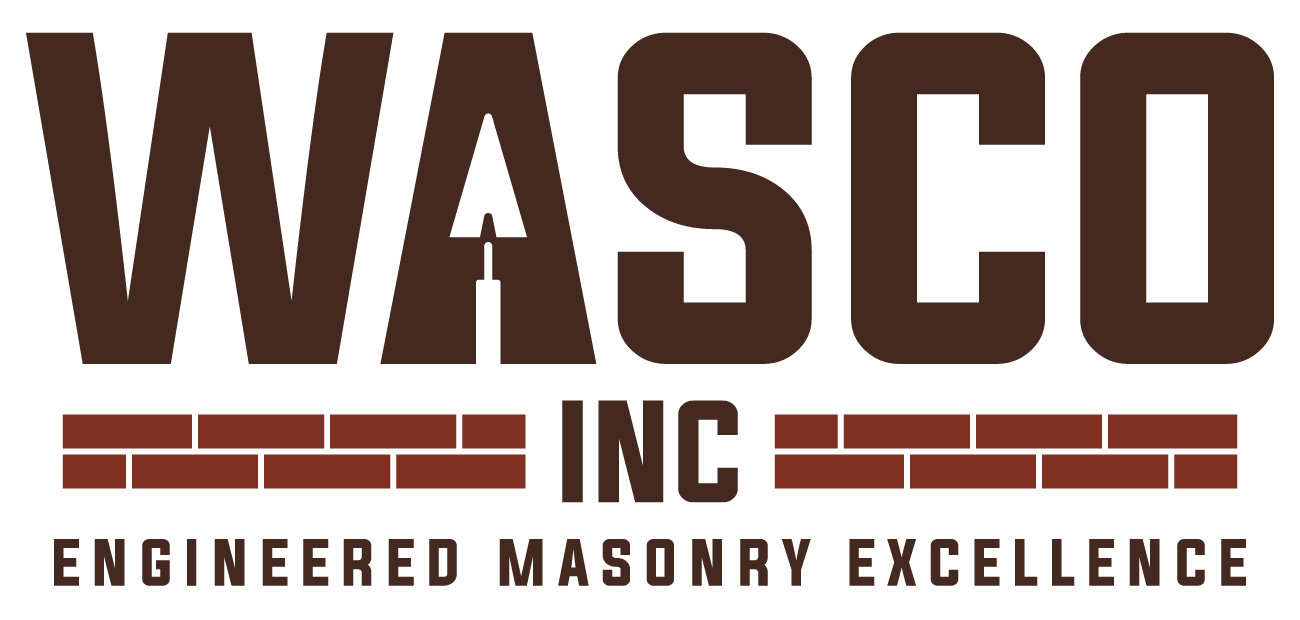Company History Series: WASCO Knoxville Part 2

Long known for innovation and excellence in exteriors, Barry Jenkins has also spent years exploring methods for maximizing the efficiency of the building envelope. In his role at WASCO, he has advocated for lightweight integrated envelopes but has also overseen more conventional construction. While Jenkins has his own preferences of materials and processes, his ultimate goal has always been to find the best possible combination of conventional and progressive techniques to meet the budget and expectations at hand on any given project.
“I’m not trying to make you buy what I have, I’m trying to get you to tell me clearly what you want,” Jenkins says, explaining his approach. “And I’ll put it together and say ‘this is my value orientation, now you tell me how it meets your needs.’ What we can do for a customer is to give them a cladding specification for their envelope that is value-structured to their envelope, exactly what they want. It’s fully integrated. It’s all made to be together. There aren’t violently opposing claddings on the wall.”
Jenkins’ obvious passion for the subject is the result of his deep understanding of the chronic, industry-wide misconceptions that he says are common regarding envelope integration. “Everybody who is putting an envelope on a building is operating under the assumption that someone has integrated the systems. The fact is that it almost never happens.” Jenkins notes that it’s not unusual for a project to have two redundant moisture barriers specified in different sections, or to have none specified at all—”because the assumption is somebody’s covering it. It is not uncommon to have redundant or insufficient insulation on the envelope because nobody has considered integration, and the same thing with flashings and caulkings. It’s common for the systems to be un-integrated.”
If this stirs curiosity—and if you have a couple of hours to spare—simply ask Barry Jenkins why there’s an inherent industry bias against EIFS in its current form, and how his fully integrated envelope concept solves the areas of inadequacy in the design and installation of building envelopes. His design concept also incorporates CI (continuous insulation), a vital component that is still often overlooked despite a 2006 mandate for its use. Having advocated higher standards and greater control over specs and execution for more than 20 years, Jenkins set himself the goal of selling an envelope at the design/development stage, not as an afterthought.
Stay tuned for Part 3.
If you’re interested in more Wasco history, check out Company History Series: WASCO and Lovell’s Parts 1-3
